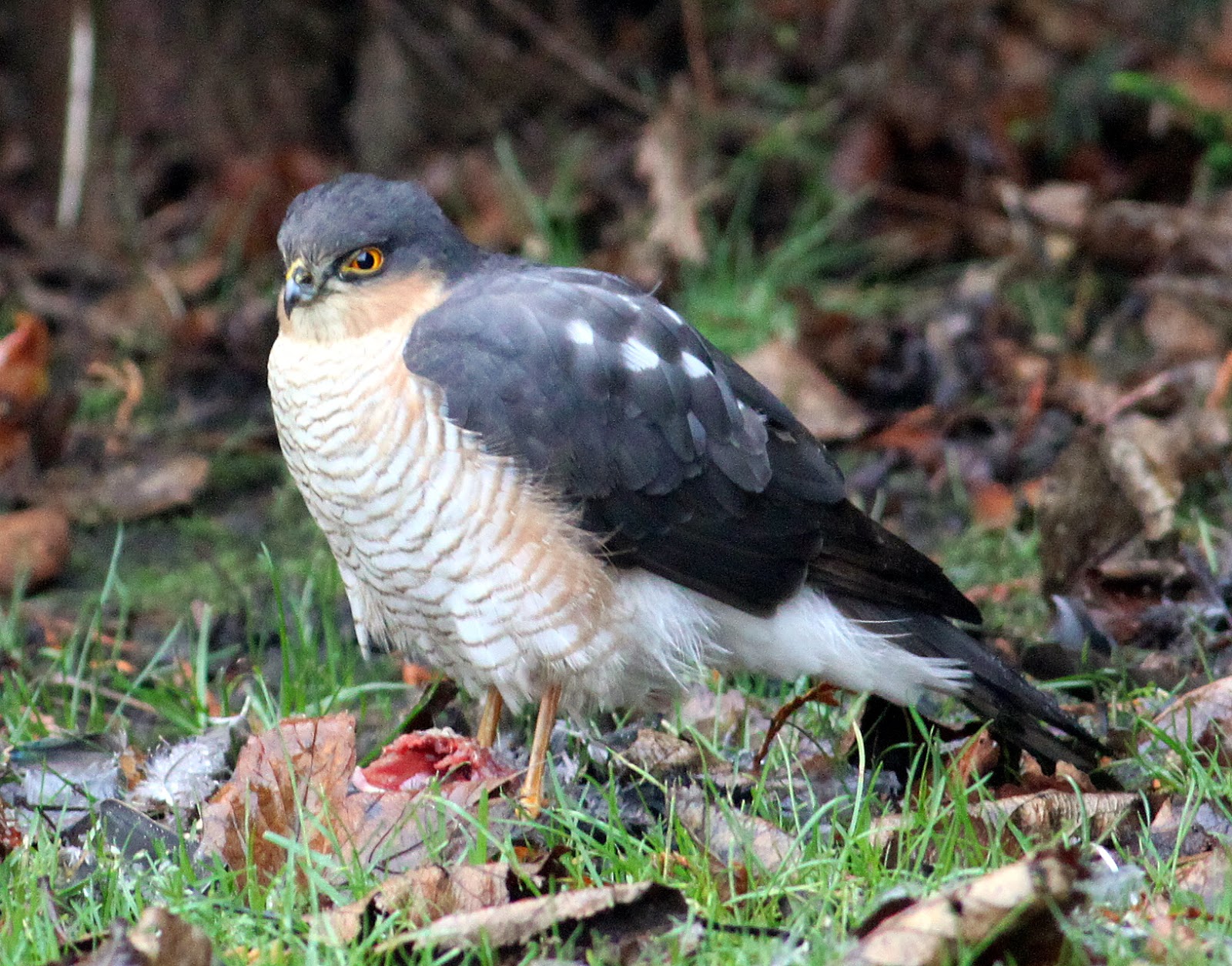A trip around a few local spots is the sum of this morning’s blog post.
Read on while not forgetting to “click the pics” for close-up views. A new feature on Another Bird Blog is “Crosspost” whereby clicking the “Crosspost” button in the right-hand corner of any picture will allow a reader to share it to Facebook and Twitter. Go ahead, give it a try.
During recent months I’ve rather neglected Knott End after the bad weather and ultra-high tides made it difficult to do any birding there, so to put things right I paid a quick visit today. It was a sunny and still morning, the low to medium high tide concentrating a few birds, but a number of them still out at the water’s edge.
Redshanks were in in good numbers with a minimum count of 160 scattered along the estuary, 24 Turnstones concentrated near the jetty and 1500+ Knot staying at the tide’s very edge.
Wildfowl numbers came in at 12 Eider and 18 Shelduck. The male Shelducks are now in particularly fine breeding plumage.
Redshank
Shelduck
As usual I headed up to Pilling Lane Ends and Fluke Hall for a look. Fluke fields held a good number of mixed Golden Plover, Redshank and Lapwings, the recently arrived migrant “goldies” at 210+ outnumbering the 135 regular Redshank and 40+ but dropping in numbers Lapwings. 5 Pied Wagtail, 8 Meadow Pipits and 15+Skylark accounted for passerines on the flood. The wild and wary plovers stayed a long way across the still flooded maize field
Golden Plovers
On the wildfowler’s pools/sea wall were 23 Teal, 30 Shelduck, 3 Little Egret and 600+ Pink-footed Goose; in the woodland - 3 Stock Dove, 2 Jay and 1+ Siskin.
A whistle stop at Lane Ends via Backsands Lane gave a Kestrel, singing Chiffchaff and Reed Bunting, and on the pools 2 Little Grebe.
Kestrel
More Golden Plover at the Cockerham, Braides Farm where another flock of this time 260 birds stayed their distance. Two Little Egrets, 3 Pied Wagtails and 8+ Skylarks here.
Heading north again took me to Conder Green where I rounded up the usual suspects of 1 Spotted Redshank, 4 Wigeon, 2 Little Grebe, 8 Goldeneye, 22 Teal, 2 Little Egret, 24 Shelduck and 5 Cormorant. Possibly “new in today” were 1 singing Reed Bunting and 1 Grey Wagtail.
Spotted Redshank
Black-headed Gull
Join me soon for more bird news and photographs via Another Bird Blog.
Linking today with Eileen's Saturday Blog .
Linking today with Eileen's Saturday Blog .

























































.jpg)












